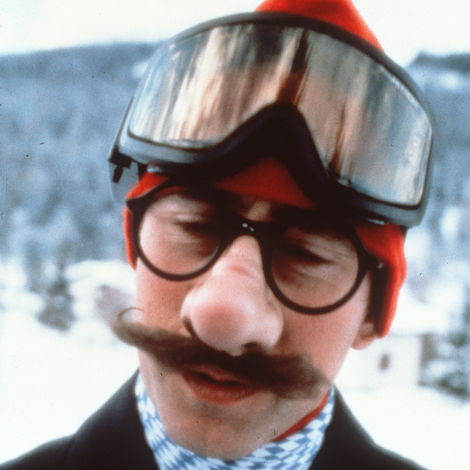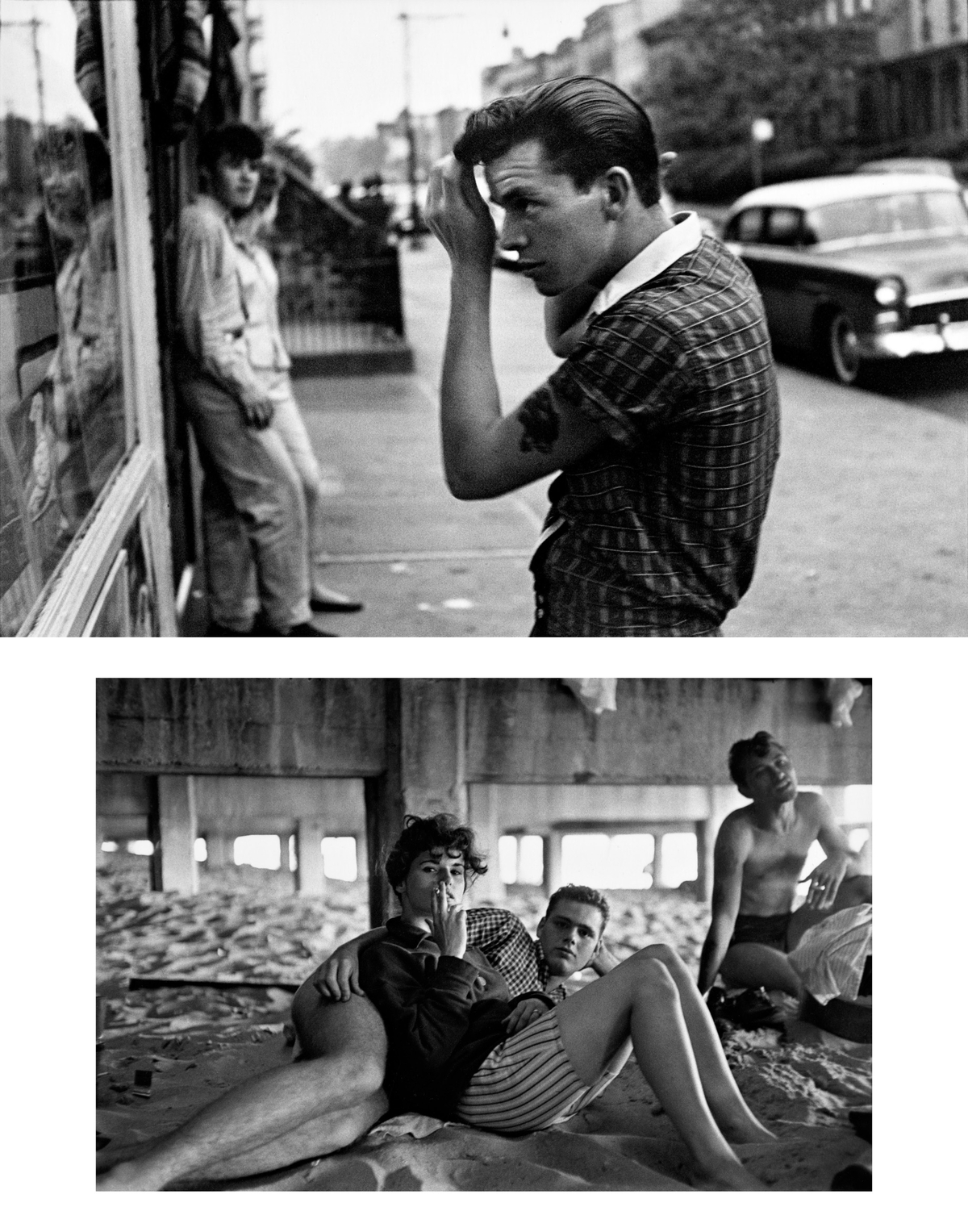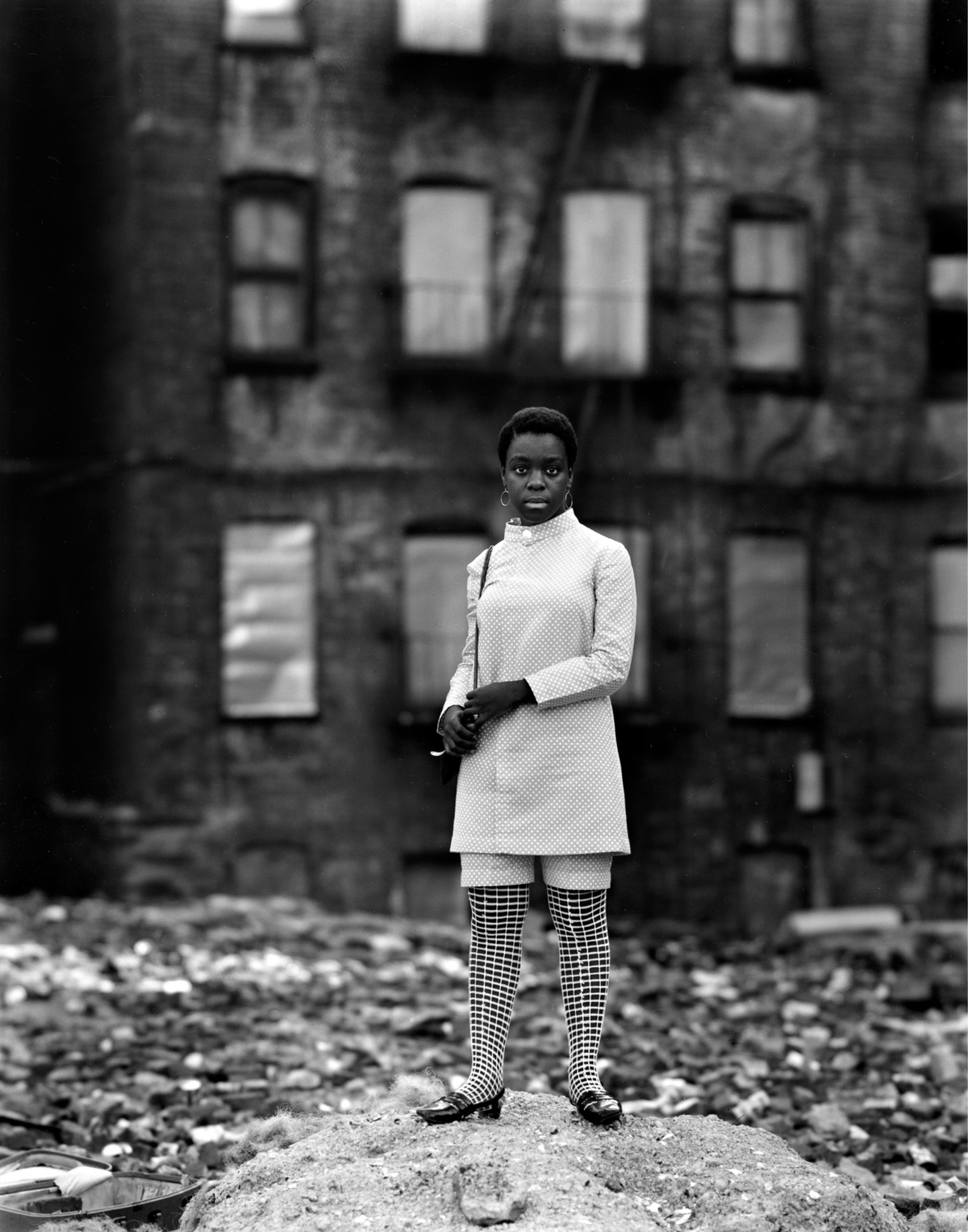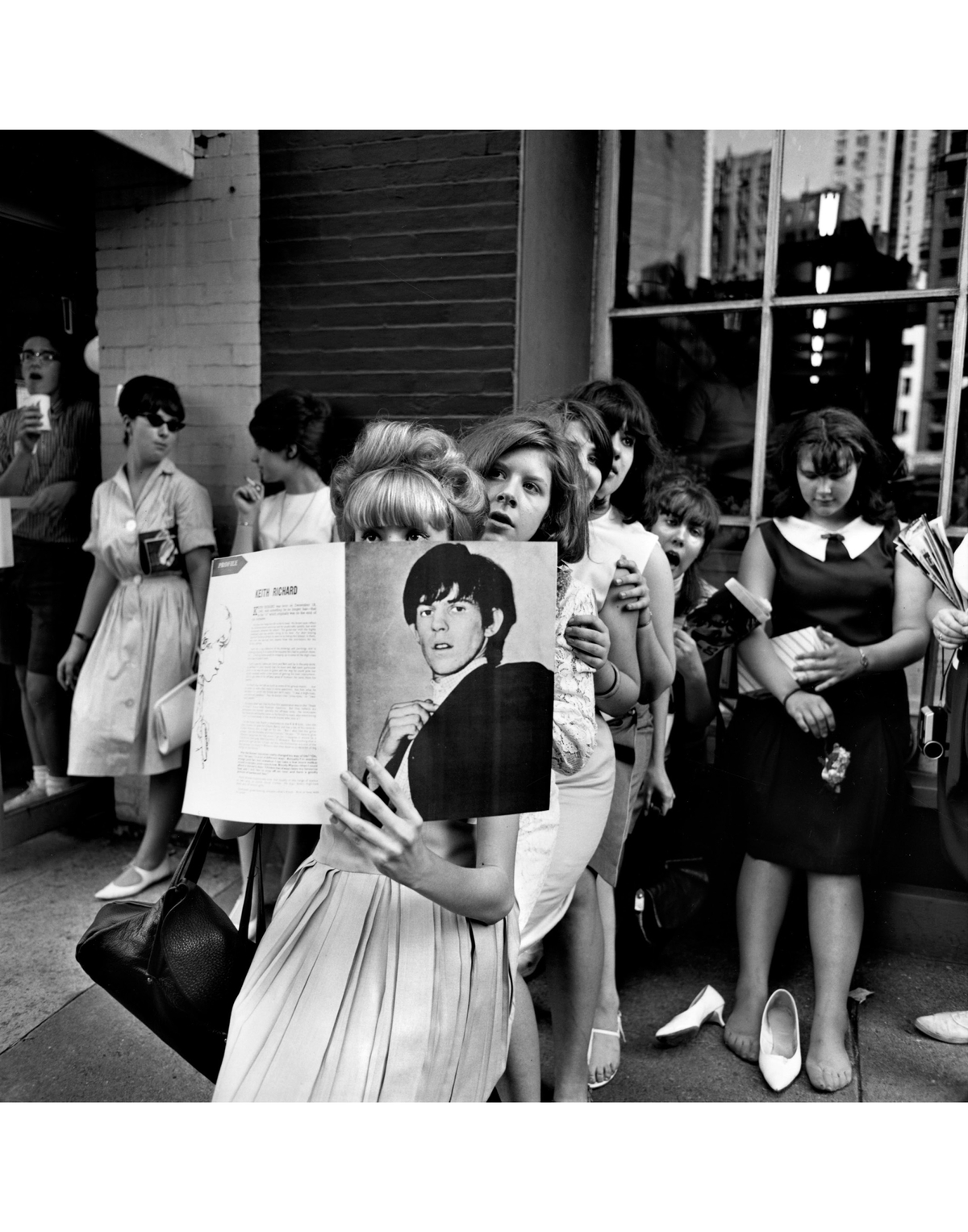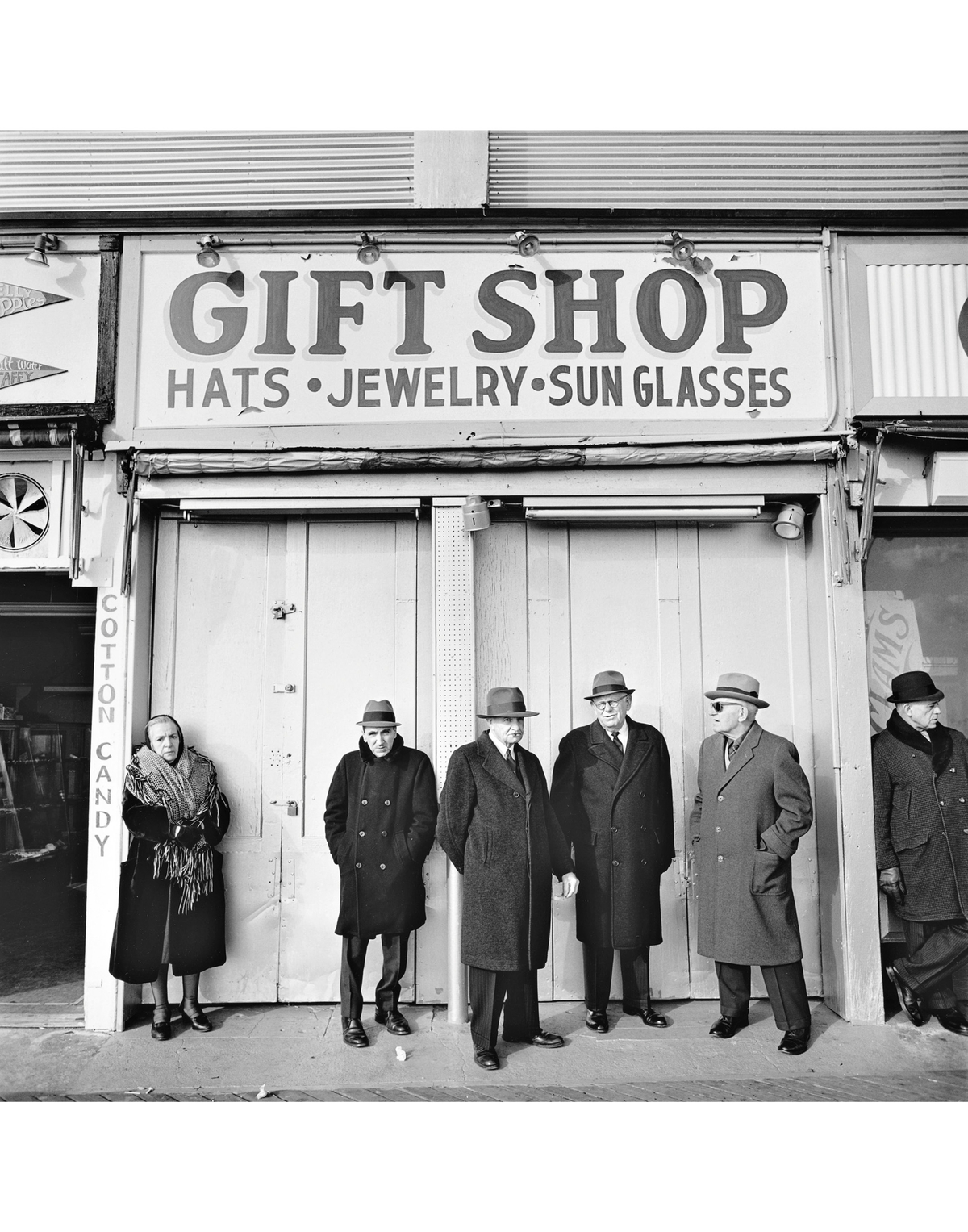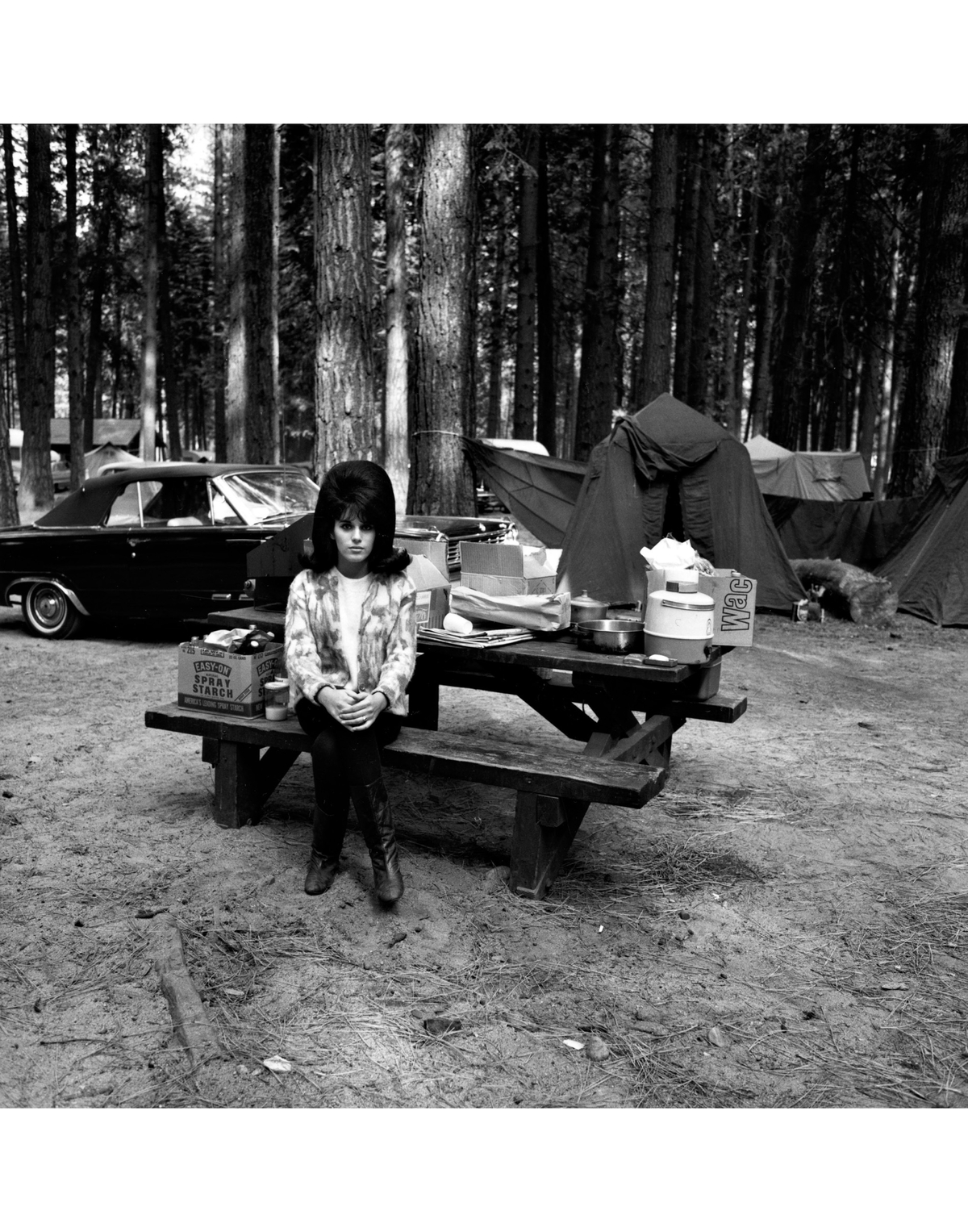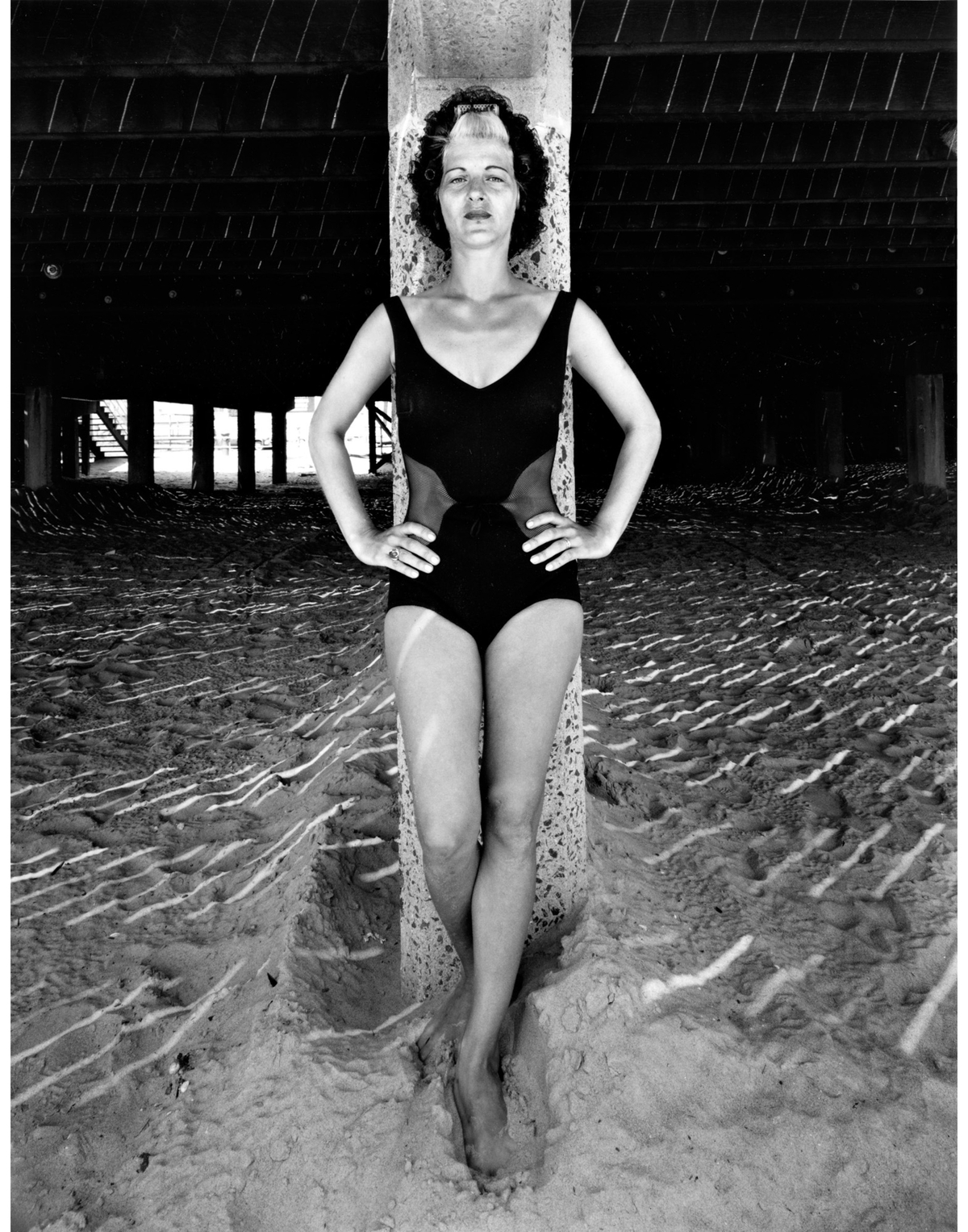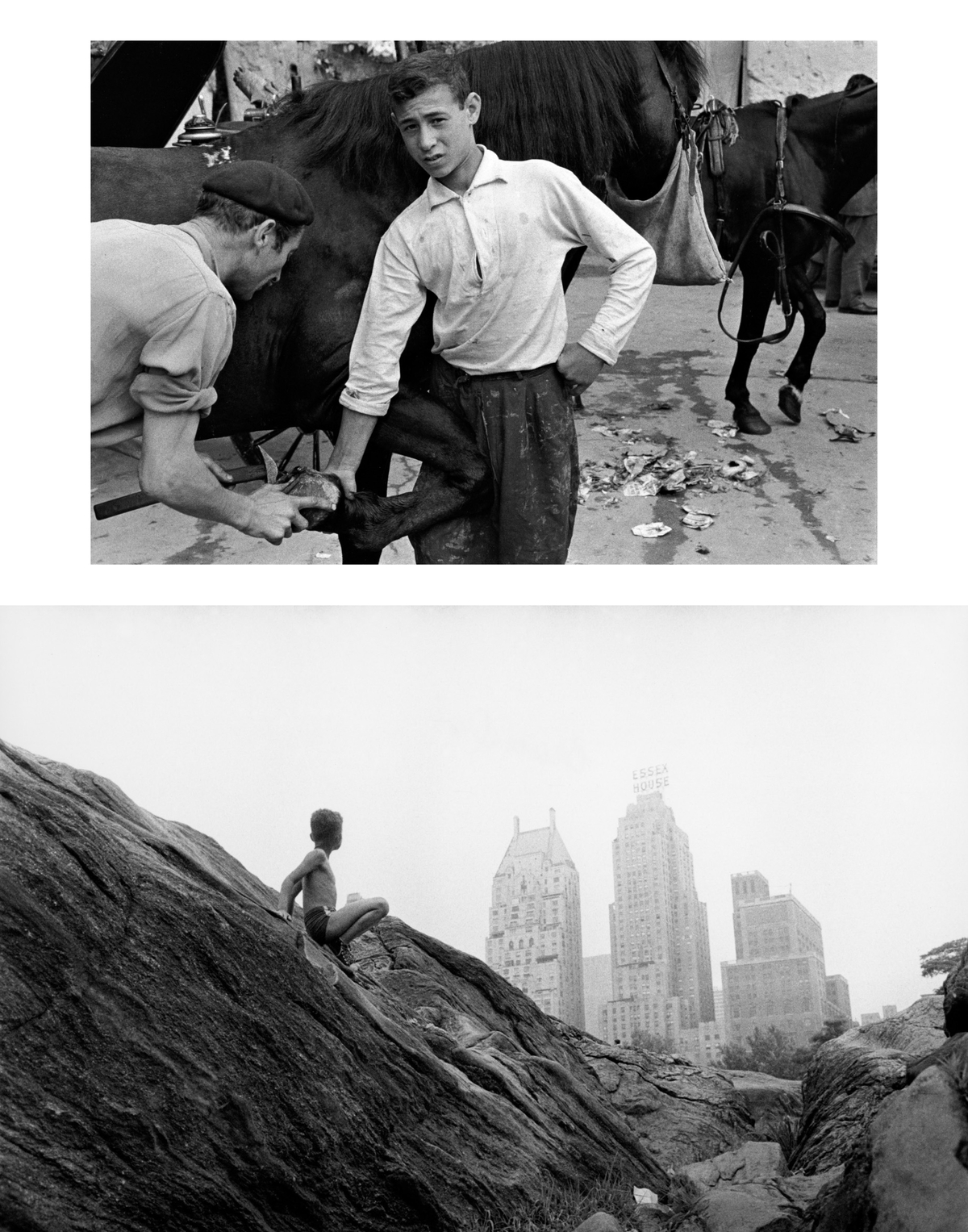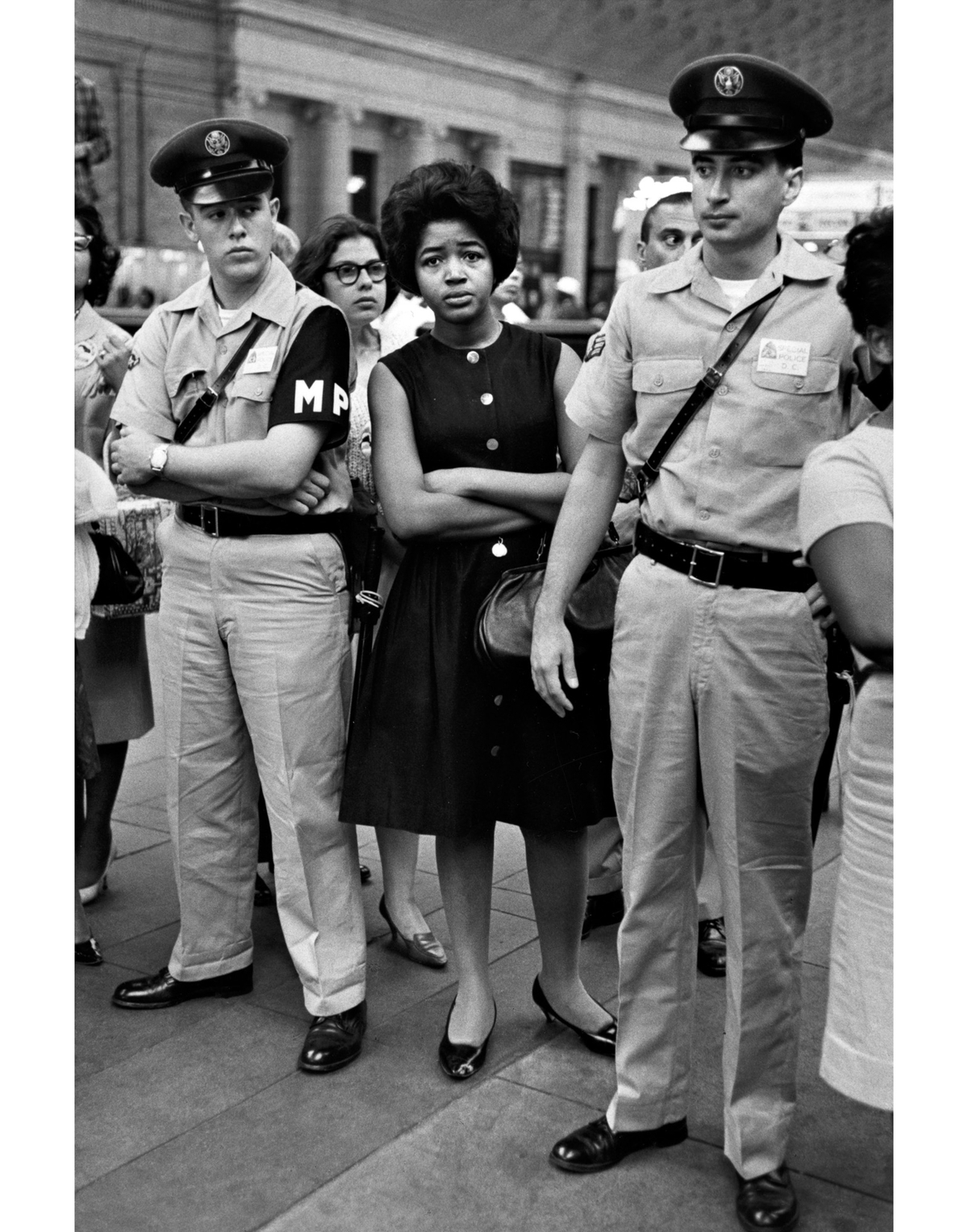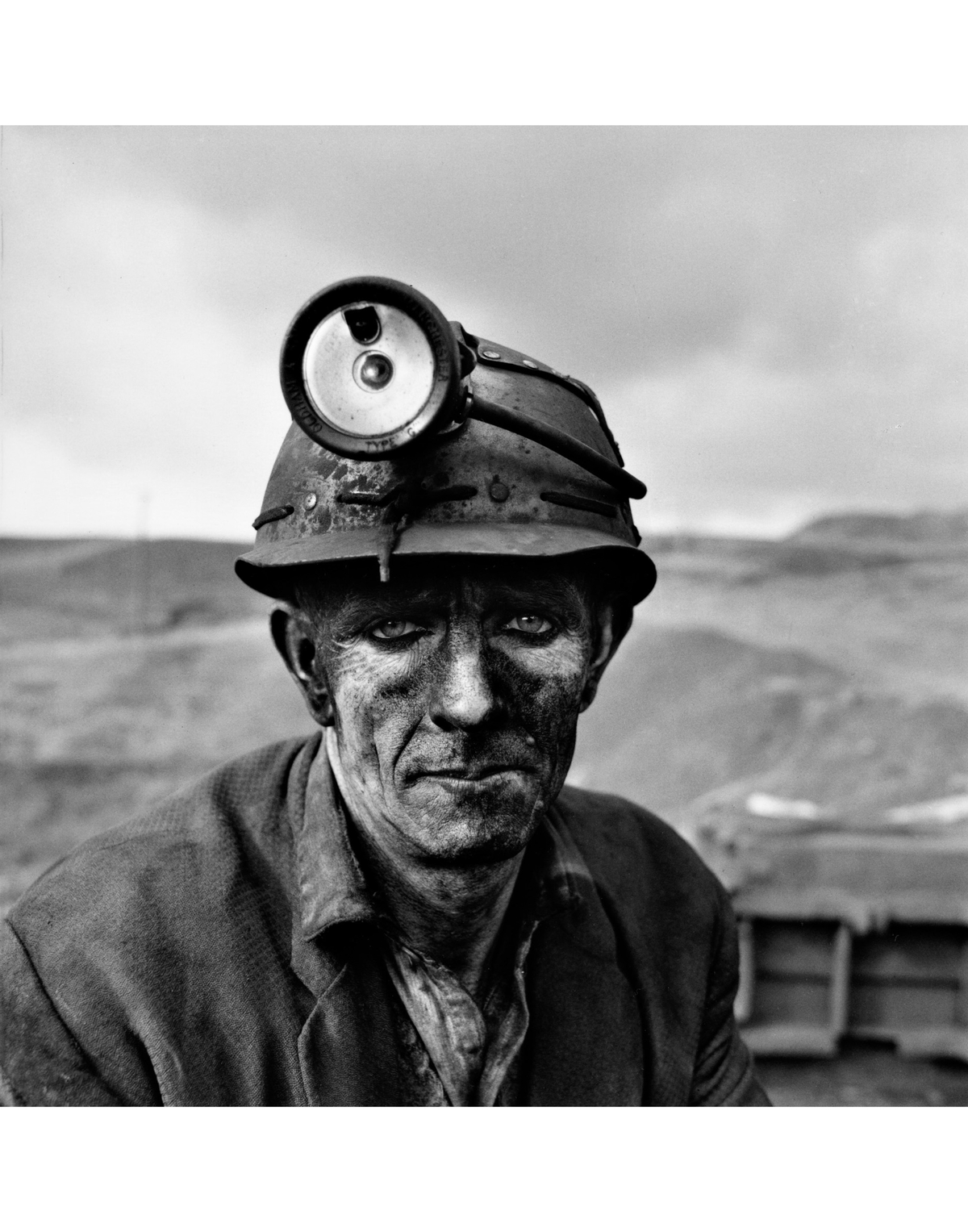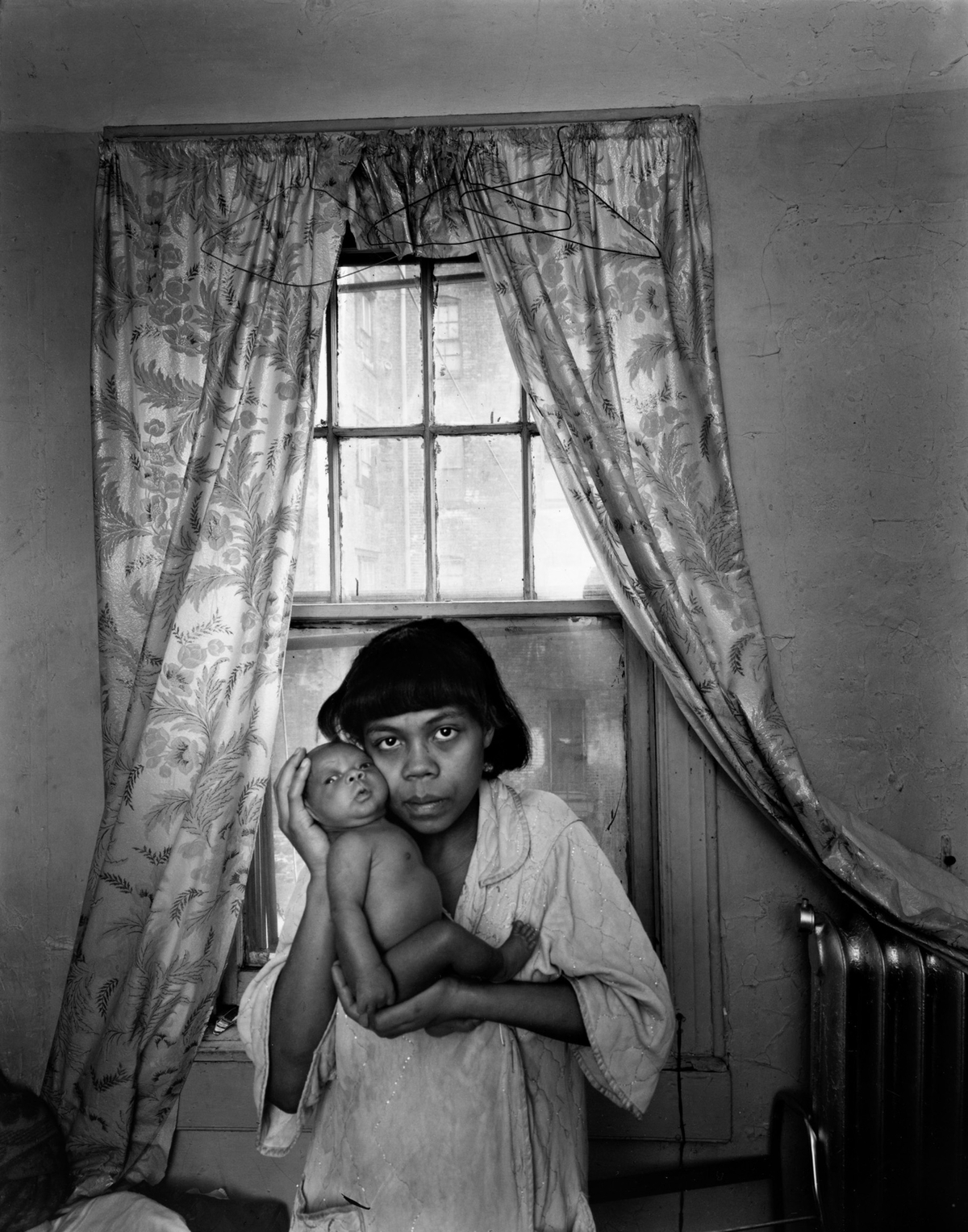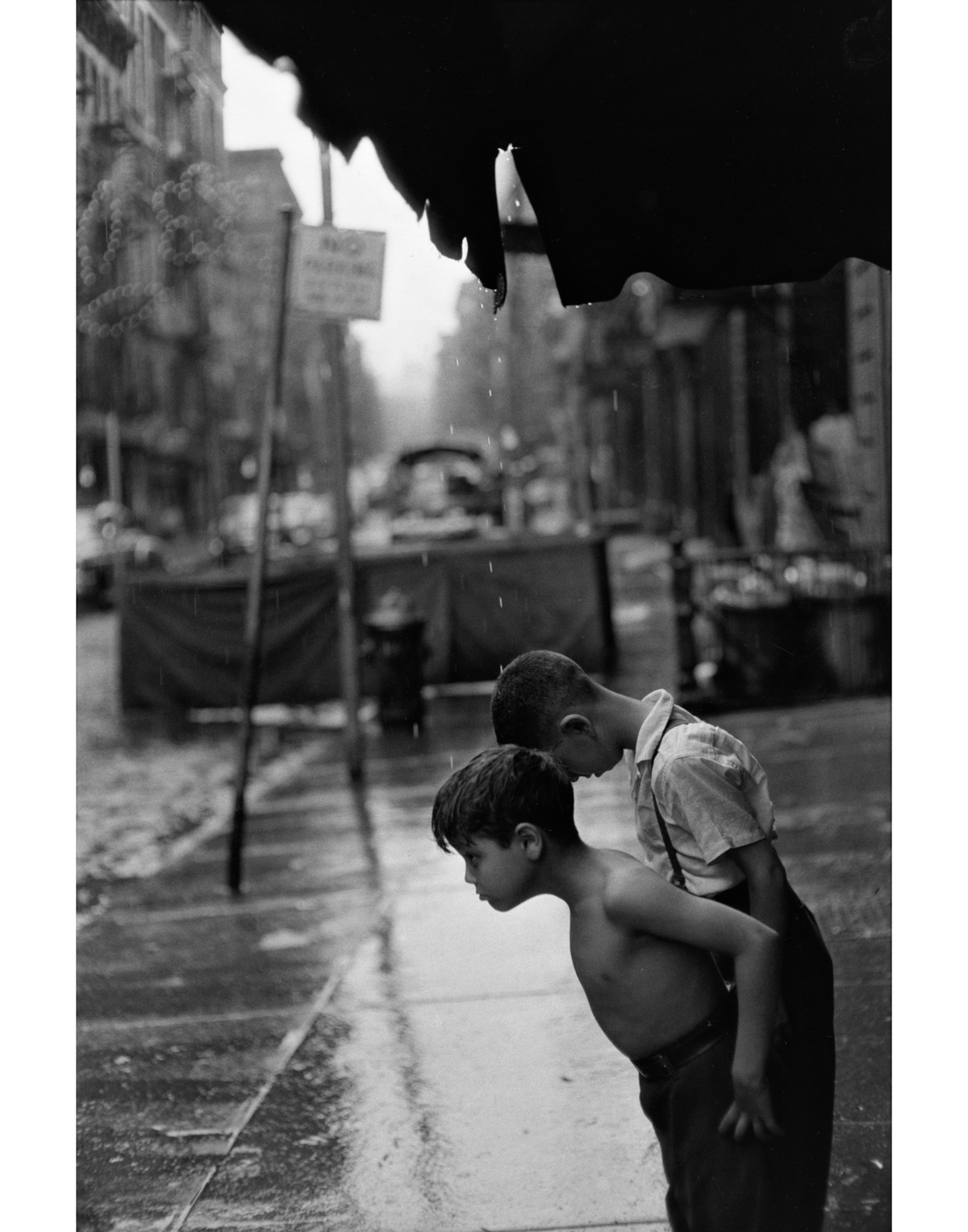The lasting gift—and raison d’être—of Gerhard Steidl, the pre-eminent publisher of photography books, is not just to catalogue the most recognized pictures by the world’s finest photographers but also to unearth and breathe life into pictures we’ve never seen before. His mission is our reward.
The archives of Bruce Davidson, the longtime Magnum photographer whose magazine work in the U.S. and Europe place him alongside masters such as Lee Friedlander, Mary Ellen Mark, and William Eggleston, have all been meticulously mined by Steidl. Davidson’s photography is marked by daring, curiosity, and emotional directness in his depictions of a group of Brooklyn kids in the 50s (Brooklyn Gang), residents of Spanish Harlem in the late 60s (East 100th Street), and New Yorkers of all stripes commuting later in the decade (Subway), where every trip came laced with nervous energy, menace, and untamed beauty.
Starting in 2010, Davidson has thoughtfully combed through his oeuvre in a trio of books for Steidl Verlag (Outside Inside, Black & White, In Color). His latest, The Way Back, concentrates not on a single period or subject but on previously unpublished photographs spanning his entire career.
“It was far more challenging looking back over a lifetime of work and choosing images that could stand on their own individually and yet work well as a group,” Davidson, 92, writes to me from his apartment in the Belnord, the Upper West Side building where Isaac Bashevis Singer and Marilyn Monroe’s acting teacher Lee Strasberg once lived. “It took several years to get to a final edit on this project.”
Davidson’s previous monographs concentrate on a particular topic, whereas the common thread in The Way Back is about the photographer’s relationship to all of his subjects—and himself. It has an elegiac poignance that feels less like a final bow than it does a crackling re-discovery, and it stands on its own as a coherent vision.
“I’m just a humanist and photograph the human condition as I find it,” Davidson says. “What’s interesting to me was the process of looking back at the contact sheets years later. It enabled me to reconnect with what drew me emotionally to the subject matter to begin with. Also, the contact sheet can show the rhythm of what I was photographing, almost like a musical score. In hindsight, I can see where I may have lingered too long or quit too soon, but with the perspective of time, I can see an overlooked image that was actually pretty great. Maybe I didn’t have the guts to print it at the time, but I should have.”
In addition to images from Davidson’s most recognizable shoots—miners in Wales, roaming circus life, construction workers on the Verrazzano-Narrows Bridge—there are quiet depictions of yearning, fear, and joy from seemingly disparate lives. One picture of teenage girls hiding behind a magazine cover featuring Keith Richards has a pop-culture relevance that might have escaped Davidson at the time he took it, in the mid-60s; it resonates now, with desire, hope, and indifference, and like every image in this monograph, it has its own story to tell.
Alex Belth is the editor of Esquire Classic and the curator of the Stacks Reader. He has worked in film editing for Ken Burns, Woody Allen, and the Coen brothers
